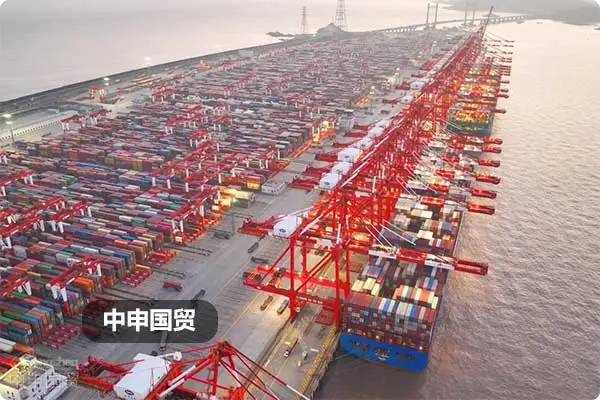- Shanghai Zhongshen International Trade Co., Ltd. - Two decades of trade agency expertise.
- Service Hotline: 139 1787 2118

Mechanical and Electrical in 2025Equipment ImportsNew market trends
With the acceleration of global manufacturing recovery, Chinas electromechanical equipment import volume is expected to exceed 2.8 trillion yuan in 2025. The latest data from the General Administration of Customs shows that import demand for semiconductor manufacturing equipment, industrial robots,New energyand processing machinery has increased by 23.6% year-on-year, but the declaration error rate has also risen to 17.8%. In this market environment, the value of professional agency companies becomes increasingly prominent.
Mechanical and electrical equipmentImport RepresentationCore competency assessment
Certification system:
- Mandatory certification:3CCertification processing experience (especially for products outside the catalog)
- Special equipment filing: Success rate for pressure vessel/crane equipment filing
- Industry access:Medical EquipmentCFDA certification conversion capability required
Customs clearance operational capabilities:
- HS code accuracy rate (must reach over 98%)
- Special requirements handling for mechanical & electrical equipment customs declaration
- Lead time control for pre-shipment inspection of used equipment
- Pre-review of electromagnetic compatibility test reports
Supply chain integration capabilities:
- International segment: Anti-vibration packaging for precision equipment + constant temperature transportation solution
- Domestic segment: Special-sized equipment road transport permit processing
- Emergency handling: Fast return repair channel for rejected shipments
Key points for agency service cost control in 2025
Professional agency company fee structure should include:
- Basic service fee (recommended to control at 0.8%-1.2% of cargo value)
- Emergency cost warning mechanism (demurrage/amendment fee caps)
- Exchange rate locking service (especially for Euro-denominated equipment)
Industry risk alerts and response strategies
Recent customs key inspection directions:
- Used equipment refurbishment declaration (original factory documents required)
- Software value separate declaration (embedded systems require separate valuation)
- Royalty fee tracing (special attention to patented equipment)
2025 policy trends and response recommendations
- Full implementation of RCEP rules of origin (Japan/Korea equipment tariff benefits)
- New energy efficiency standards for electromechanical equipment take effect (EU ERP III Directive)
- Thailand and the Philippines have made it mandatory to submit electronic manifests 24 hours before container loading
Four-step method for professional agency cooperation
- Demand Portrait: Clarify equipment technical parameters/usage/configuration list
- through the following channels. Tax system verification:: Verify customs AEO certification/industry cases
- Solution evaluation: Compare customs clearance lead times/fee structures/emergency plans
- Mechanism establishment: Schedule regular customs declaration data review meetings
Choosing a professional electromechanical equipment import agency company essentially means building a risk firewall for cross-border supply chains. In 2025, with the full implementation of customs smart review system, an agencys data integration capabilities and pre-classification expertise will become core competitive advantages. Companies are advised to focus on evaluating potential agencies system integration capabilities and historical declaration data quality, as these factors will directly impact the precision of overall import cost control.
Related Recommendations
? 2025. All Rights Reserved. Shanghai ICP No. 2023007705-2  PSB Record: Shanghai No.31011502009912
PSB Record: Shanghai No.31011502009912










